Msia tightens security to avoid new killer flu. Should you worry?
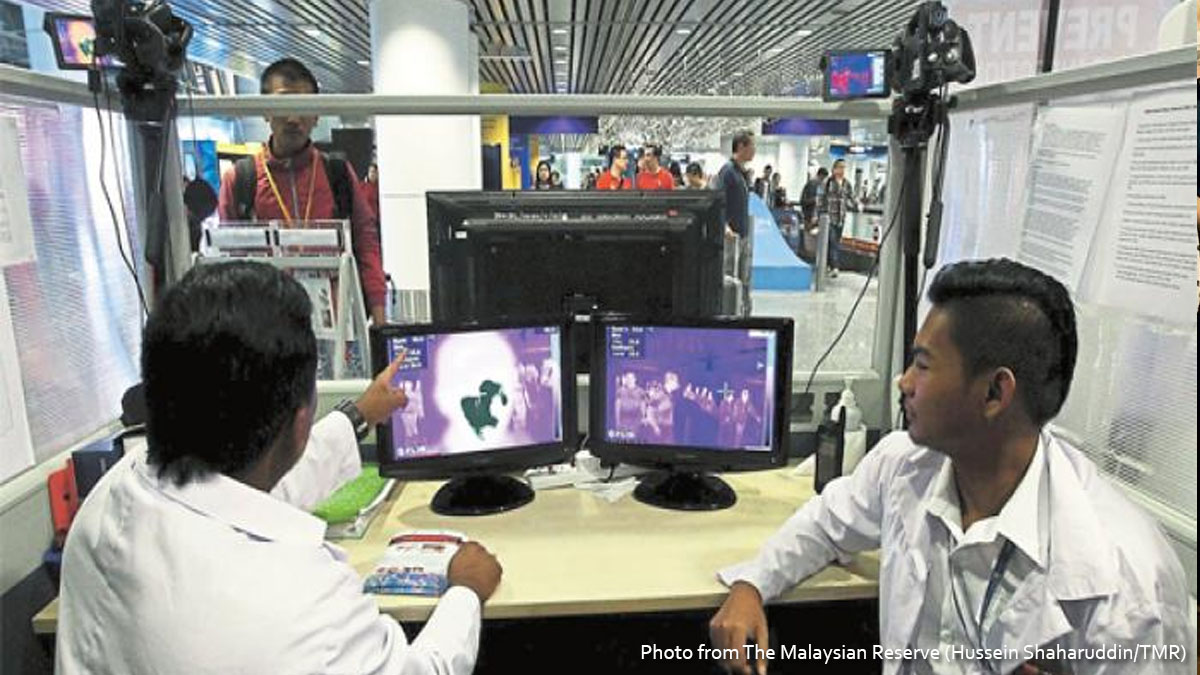
- 698Shares
- Facebook697
- WhatsApp1
Barely a year after the Ebola outbreak, we wake up to news of another deadly flu in South Korea. As of today, there have been 172 infected cases and 27 deaths, and experts are even likening it to SARS.
MERS, short for Middle East Respiratory Syndrome, is also known as ‘camel flu’ and is originally from the Middle East (duh). The interesting bit is how the virus, which is largely contained in Saudi Arabia since its birth in 2012, has now penetrated South Korea, China, and most recently, our dear neighbours up north.
There’s been one confirmed MERS case in Thailand, and the 175 people who have been in contact with the poor dude are all being monitored at the moment.
With our neighbour being infected, Malaysian officials have began tightening health screening processes at airports and border checkpoints, including Sadao, Padang Besar and Nathawi in Songkhla. Visitors passing through Malaysia are subject to thermal screening until the MERS concern slows down.
What about the rest of us Malaysians? Should we be equally worried as we did with SARS or Ebola? Well, let’s start with what we know about MERS so far.
1. There is no cure.
Since September 2012, there have been at least 1,333 cases and 471 deaths, resulting in a fatality rate of 35%. And yes, you read that right – there is NO cure.

See, MERS is a coronavirus which causes infections in your nose, sinuses or throat. Generally, there are no vaccines for coronaviruses, the same way there isn’t a vaccine for your common cold. (P/S: vaccine against coronavirus ≠ medications to relieve symptoms.)
Most coronaviruses are not dangerous, like that common cold your tissue-hoarding colleague keeps getting. But some are, like MERS and SARS.
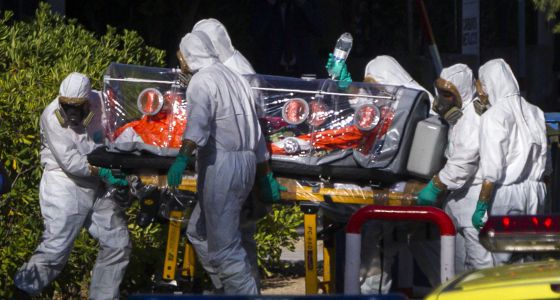
For SARS, its treatment was mainly supportive and included stuff like antibiotics to treat bacteria that caused pneumonia, steroids to reduce swelling in lungs, antiviral medications and breathing assistants. However, NHS.uk reports that there is little scientific evidence that shows that these treatments are effective. The antiviral medication, ribavirin, has been found to be as as ineffective as eating chocolate to lose weight.
As for Ebola (not a coronavirus but a hemorrhagic fever), victims were given oral rehydration solutions (containing electrolytes) and/or IV fluids as no specific treatments were available too.
Likewise with MERS, where doctors have only been giving supportive care by treating symptoms caused by the virus. These are the best that they can do, at this time, to stop the virus from claiming more lives.
However, someone did claim to have found a cure.

According to the official Korean Central News Agency (North one, not South), the injection drug, dubbed the Kumdang-2, was developed from some atas ginseng grown from fertilizer mixed with rare-earth elements, coupled with micro-quantities of gold and platinum. Definitely way more premium than the ginseng you just bought your grandpa for Father’s Day.
We’re not sure how much it costs but we’re thinking it’s a good buy cos it’s a one-shot-fits-all, conveniently curing other immunity-related diseases such as SARS, Ebola and even AIDS.
But even so…
2. Scientists are still not sure how it spreads.

The Centers for Disease Control and Prevention (CDC) says that MERS is very likely to have come from camels, but some say it came from bats. Either way, they’re both bad news. We can’t blame them for being uncertain – it’s is a relatively new virus as compared to Ebola, which has been around for 40 years, long enough for scientists to do comprehensive research.
“MERS emerged in 2012 and we are still learning about it, and it may still be learning about us and evolving. It’s believed that when SARS spent more time circulating among humans, it evolved and became more transmissible.” – Dr. Tom Frieden, director of the U.S. Centers for Disease Control and Prevention (CDC)
With that, there’s a chance that MERS could whip its hair and become more transmittable, like SARS.
What researchers do know is that the virus can spread from camels to humans through contact with the animal’s bodily fluids, such as saliva, urine, poop and unpasteurised milk.

But as for human-to-human infection? As MERS is a coronavirus, it’s thought to spread the same way a common cold would – through coughing, sneezing and touching things which infected people have touched. But how similar is it to a common cold? Researchers still don’t know.
“MERS-CoV, like other coronaviruses, is thought to spread from an infected person’s respiratory secretions, such as through coughing. However, the precise ways the virus spreads are not currently well understood.” – CDC
MERS patients typically experience fever, cough, sore throat, chills and muscle pains… But within the first week, it can develop into pneumonia thus requiring ventilation and organ support. VOX adds that up to 40% of the time, MERS patients end up in deaths specifically from high fevers and pneumonia.
Which explains the following shocking news…
3. A Malaysian man DIED from MERS!
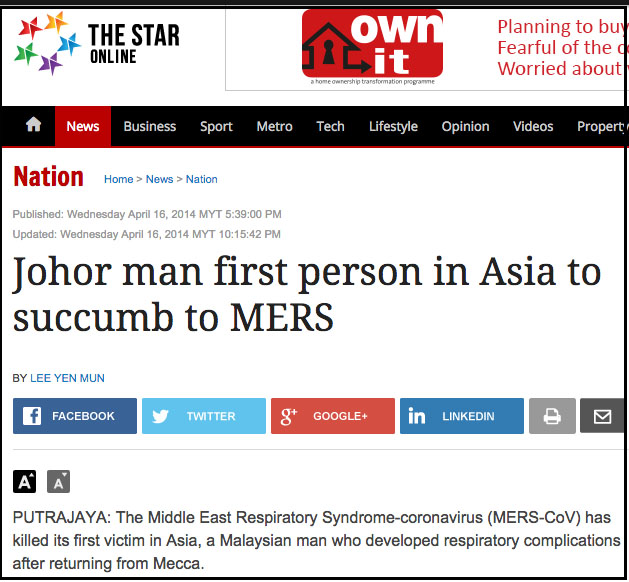
Mother of couscous! The virus is in Malaysia??!! Hold your camels – check the publication date.

Now, we saw this piece of news on our timeline over the past few days. It’s possible someone did a Google search on ‘MERS Malaysia’ and found that article on The Star, read it, freaked out, shared it on his/her wall and naturally freaked everyone else out at the same time.
Here’s what happened.
On 29th March 2014, a 54-year-old man from Johor came back from his Hajj trip to Mecca. Shortly after that, he got admitted to the hospital where he complained of fever, cough and breathing difficulties. He then died on 13th April 2014. In a statement dated 30th Dec 2014 by the Ministry of Health, they added that they followed up on those who were in close contact with the man. Fortunately, they found no other MERS cases.
But…. If it has happened before, why is there an outbreak now?
4. It got so bad this time around because the Koreans messed up.
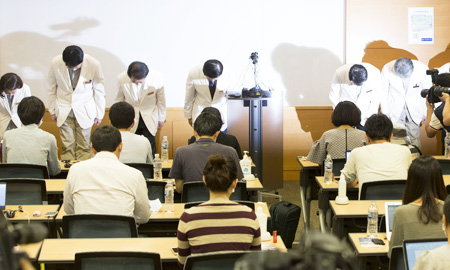
Now you may wonder, how the heck did a Middle Eastern flu end up killing so many people in South Korea? If Malaysia could have a one-off case which didn’t infect anyone else, how did this year’s outbreak happen? Well, the big guns in Korea messed up. Big time.
The New York Times reported that the Samsung Medical Center, South Korea’s top hospital, misdiagnosed a 35-year-old man for pneumonia in May 2015 (among other things). Stuck in an overcrowded emergency room and hallway, he was coughing out sputum filled with MERS virus and exposed himself to dozens of people. To make it worse, there was another patient who came in a week earlier, but doctors failed to make the connection.
They have since made a public apology:
“We apologise for causing great concern as Samsung Medical Centre became the centre of the spread of MERS. This is entirely our responsibility and we failed to properly manage emergency room staff.” – Song Jae-Hoon, president of the Samsung Medical Center

And because healthcare is so accessible in South Korea, patients can go ‘hospital shopping’ – going to different hospitals to get second opinions and referrals. And cos it’s so cheap, hospitals try to treat everyone to stay profitable. In that way, infected patients become ignorant ‘super-spreaders’.
If that doesn’t sound bad enough, there’s also a culture of ‘bulk visiting’ – everyone from friends to family to peers in religious groups would visit patients, making their hospitals what Koreans describe, a ‘flea market’.
Thus, with little infection-control and bad ventilation in the hospitals, the country now has 172 MERS cases and 27 deaths, making it the largest outbreak of the virus outside Saudi Arabia.
Authorities are trying their level best to contain the virus and manage the situation, so maybe that’s not so bad. But there is a glimmer of hope…
5. The virus doesn’t seem to be a pandemic.
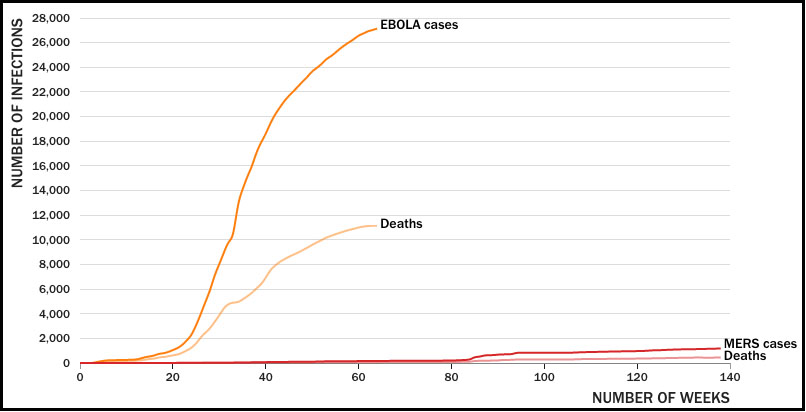
The Johor case isn’t the only other MERS case outside Saudi Arabia (and South Korea). In 2014, there were two MERS cases in the U.S., both of whom were healthcare providers who lived and worked in Saudi Arabia. They were both hospitalised and then discharged once they fully recovered.
And as for South Korea, the MERS virus seems to have taken a chill pill as the spread slowed down since it first broke out in May. Although there have been another death reported on Monday, the number of cases are not doubling the way they were at the beginning.
Historically, MERS also hasn’t spread very far beyond hospitals and homes of the infected. One study highlighted by VOX showed that 26 MERS patients only gave the virus to 4% of their household contacts, whereas another showed that the reproductive rate of MERS outside hospitals was less than 1.
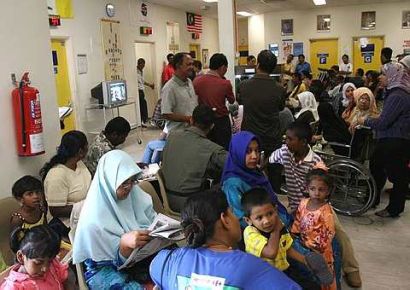
To add to that, other experts think that because the virus is primarily an animal virus, therefore it wouldn’t be able to spread from human-to-human that easily. But there is a place where it can behave like a human virus, which are hospitals – with breathing aids used from patient to patient, it can generate aerosols from the lungs to contaminate the area, infecting people nearby.
Plus, hospitals are where the elderly or those with pre-existing conditions (e.g. diabetes) are treated. With lowered immunity levels, they’re generally more prone to catching other sicknesses and diseases. Hospital rooms may also have poor ventilation and spatial separation, making it a cosy lil place for the virus to be shared among patients and visitors.
So we don’t worry is it?
Well, half and half la.
MERS is undoubtedly deadly, but it seems to be under control as it doesn’t seem to be infecting people fast enough to replace itself. It’s also a lot less horrific if you compared it to Ebola.

With Ebola, hugging an infected person could make you bleed out of every hole in your body and make your death a very, very, very lonely one. You’ll have to be quarantined away from your loved ones, and be unwillingly cremated because your corpse would still carry the virus.
You will literally have no safe means of hugging your loved ones goodbye, or even have them stand beside you whisper words of encouragement. (Maybe can SMS but who wants that, really?) Ebola is pretty much a virus from hell’s dirty poophole.
But if there’s one thing good that came out from the outbreak, it would be this infectious song:
So it may seem like it’s under control and may not necessarily warrant the title ‘a threat to the entire world’ (as dubbed by WHO leader Margaret Chan)……. But let’s not miss out the point that coronaviruses have the ability to mutate and become more dangerous.
So must worry or not?? Why take me on roller coaster ride? #ihatecilisos
Yes, do take precautions. Anything that is able to threaten your life (and the lives of your loved ones) should be taken more seriously. And by that, we don’t mean reading this article, sharing it and forgetting about it.
For hospitals: Doctors and nurses might need to pay special care to containment. We can all learn form what happened in South Korea. The mess that they went through is super painful and regrettable, but it makes a great lesson for the world to learn.
“Hospitals can become amplification point. That’s where sick people go and that’s where vulnerable people are. It really emphasizes the importance of good infection control in the health care system.” – Dr. Tom Frieden, director of the U.S. Centers for Disease Control and Prevention (CDC)
And for the rest of us: Avoid camels as much as you can. A camel that isn’t sick can still shed the virus through its body fluids. (Yeah we know we’re in Malaysia, but just avoid it la ok?)
And just be extra careful – wash your hands regularly and wear a mask if the person beside you has a flu. Even if it’s not MERS, you’ll still protect yourself from an annoying flu. 🙂
- 698Shares
- Facebook697
- WhatsApp1



